Ito Jakuchu’s Animal Prints
A fan of birds, the artist used a rare printing technique involving coloured stencils on a black background to present them more effectively.
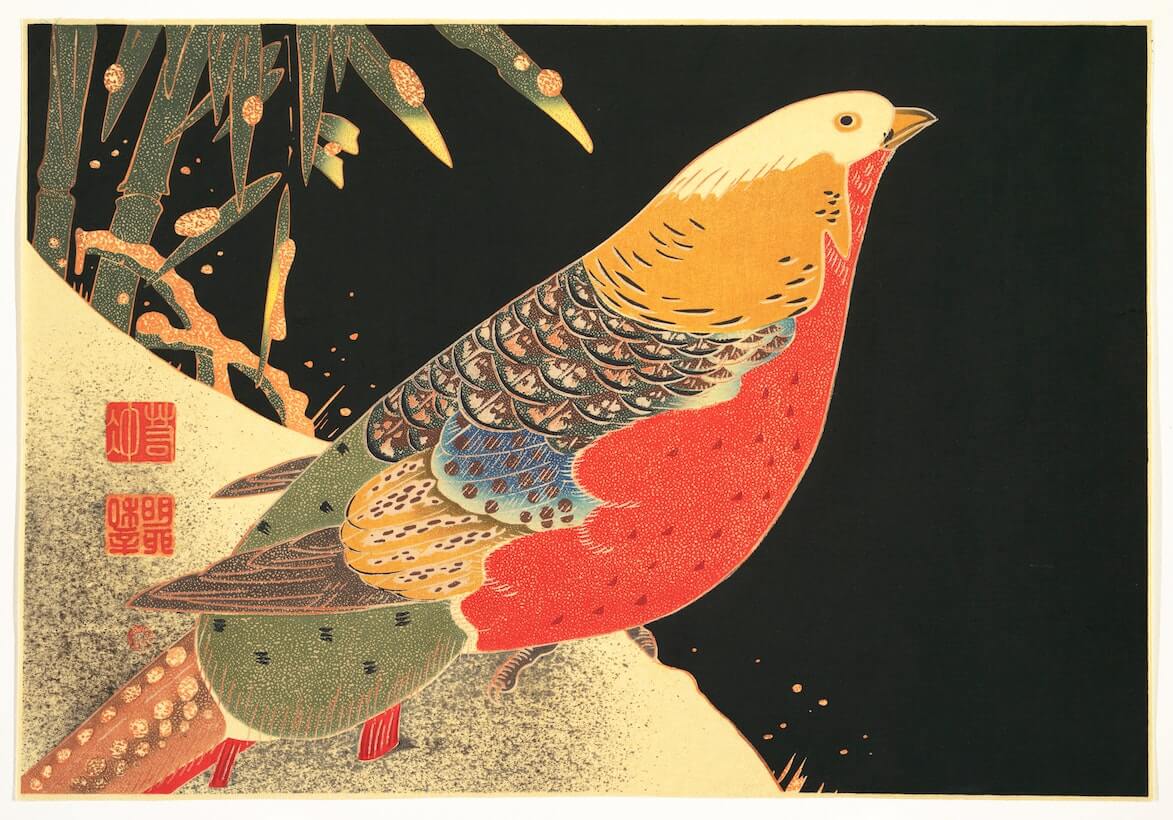
© Public Domain
In the Kachozu series of prints (images of flowers and birds) that dates back to 1771, the birds look curvaceous, standing out against a black background. It was during his regular visits to the Shokoku-ji zen monastery in Kyoto that Ito Jakuchu, a painter of the mid-Edo period, discovered and studied various paintings of flowers and birds, notably from China’s Song and Ming dynasties.
A vegetable wholesaler working in the former imperial capital at the time, he only embarked on an artistic career when he reached the age of 40. His resolutely modern paintings display the sharpness of his lines and the intensity of his colours.
An ornithophilous artist
Ito Jakuchu, who had a house with a garden in the former imperial capital, owned various birds, notably parrots and peacocks. As such, he faithfully reproduced on canvas the creatures with whom he was in contact on a daily basis. For this series, the artist decided to use the kappazuri technique—monochrome printing of a motif on a wooden board before colour is added using a stencil. This contrast allowed the artist to accentuate the colours of the birds and plants.
A daring artist, Ito Jakuchu tried his hand at a wide variety of techniques throughout his career, and his work achieved great success during his lifetime. One of his most famous series of paintings, The Colourful Realm of Living Beings, was exhibited at the Petit Palais in 2018; this was only the second time the series had been displayed outside of Japan.
Kachozu (2018), a series of prints by Ito Jakuchu, is part of the Metropolitan Museum of New York‘s collection.
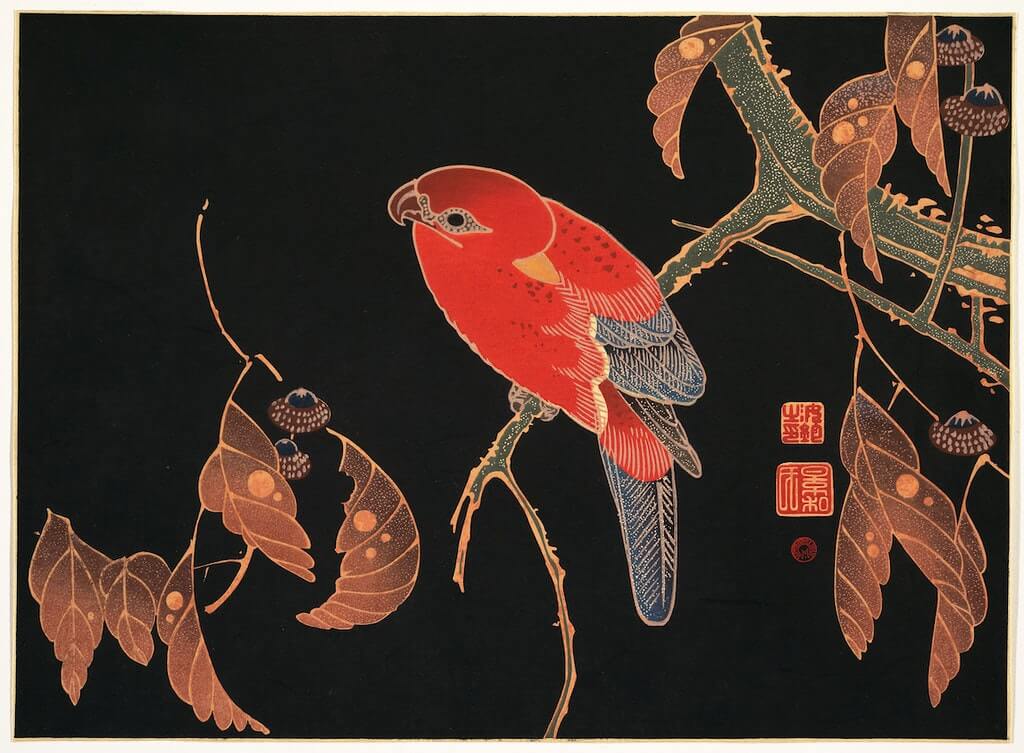
© Public Domain
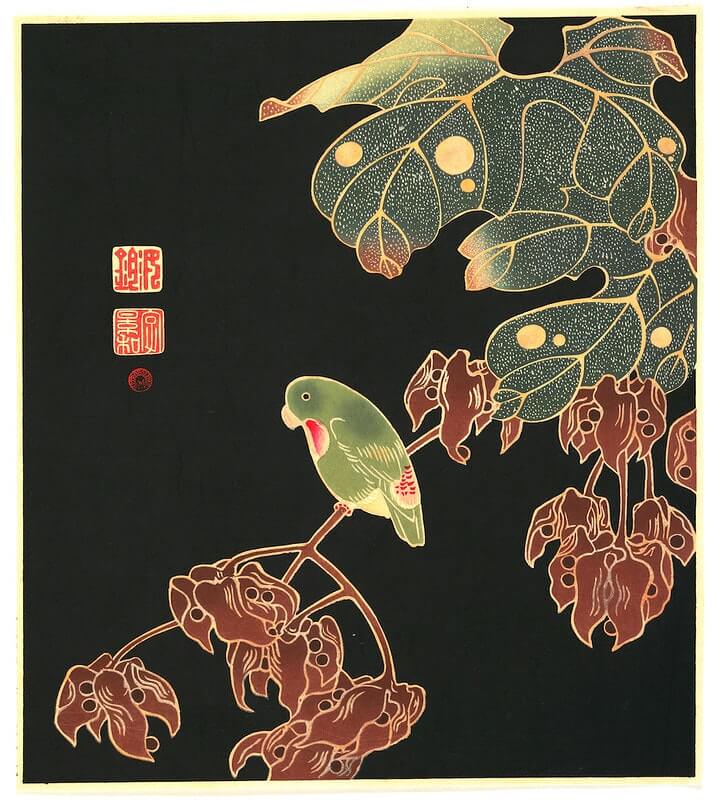
© Public Domain

© Public Domain
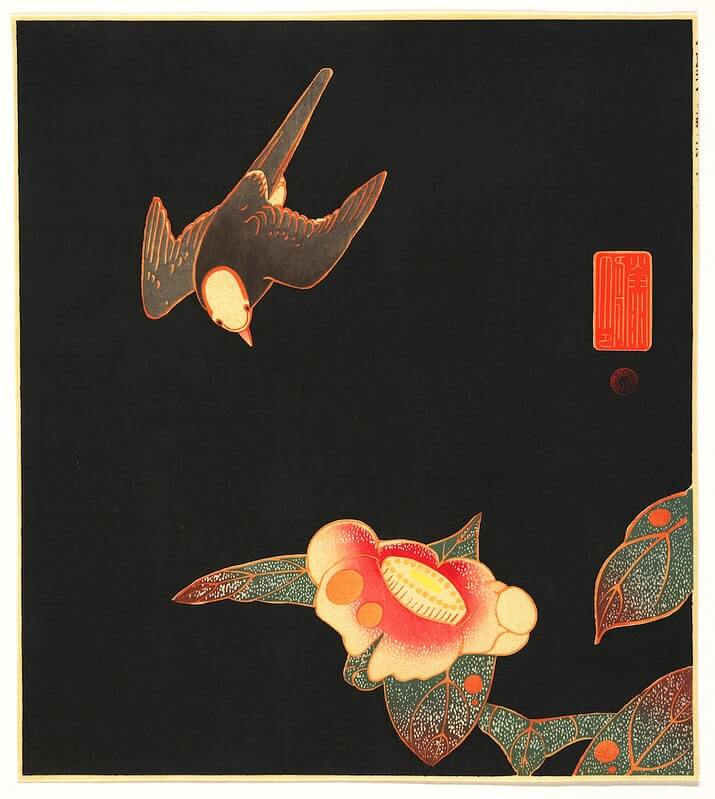
© Public Domain
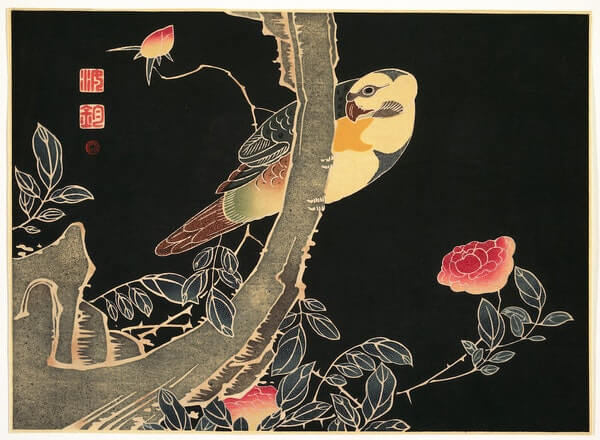
© Public Domain
TRENDING
-
The Tattoos that Marked the Criminals of the Edo Period
Traditional tattoos were strong signifiers; murderers had head tattoos, while theft might result in an arm tattoo.

-
Chiharu Shiota, Red Threads of the Soul
Last year, more than 660,000 people visited the retrospective 'Chiharu Shiota: The Soul Trembles' exhibit at the Mori Art Museum.

-
‘Before Doubting Others, Doubt Yourself. Who Can Truly Say a Dish Isn’t What It Used to Be?’
In ‘A Non-Conformist’s Guide to Surviving Society’, author Satoshi Ogawa shares his strategies for navigating everyday life.

-
The Story of Sada Yacco, the Geisha who Bewitched Europe
Described by Dazed magazine as the first beauty influencer, she has been restored to her former glory since 2019.

-
Ito Jakuchu's Naturalist Paintings
From 15 September until 14 October 2018, the Petit Palais showcased the artist's iconic ‘Images of the Colourful Realm of Living Beings’.





